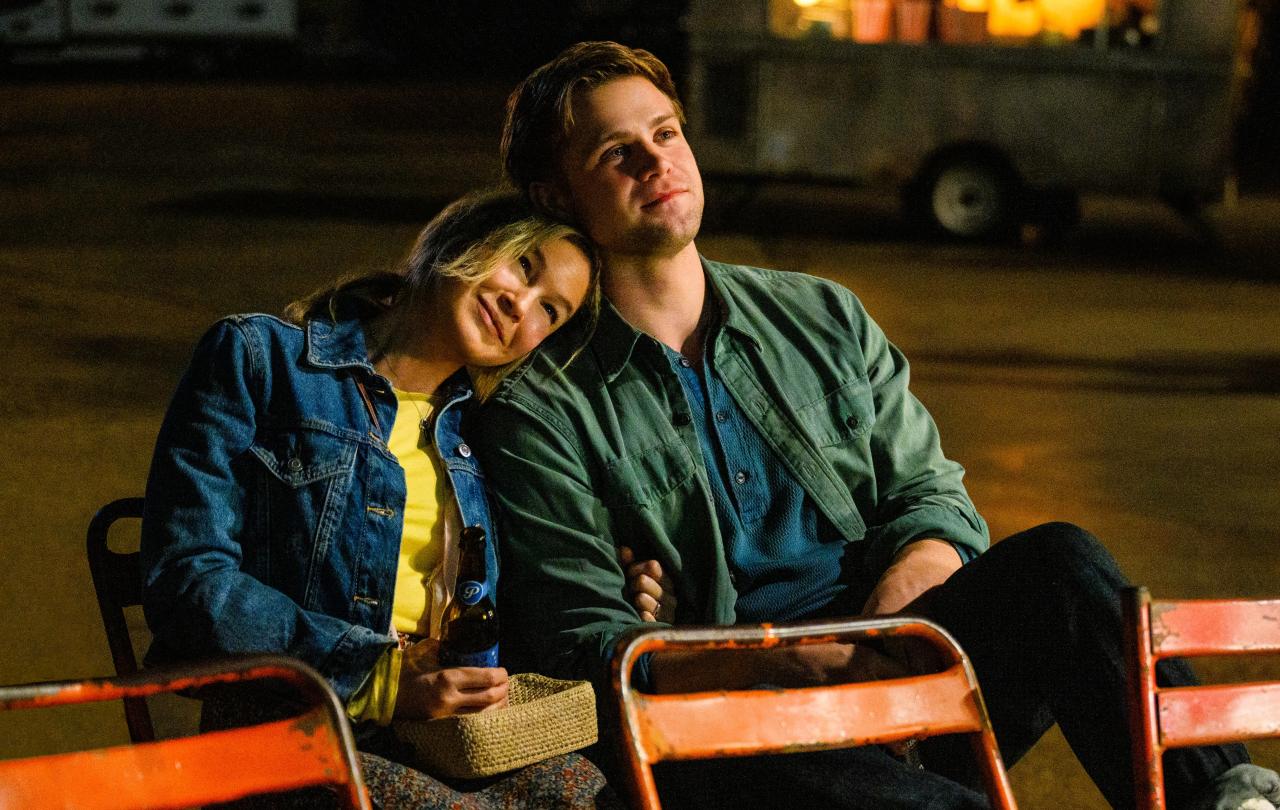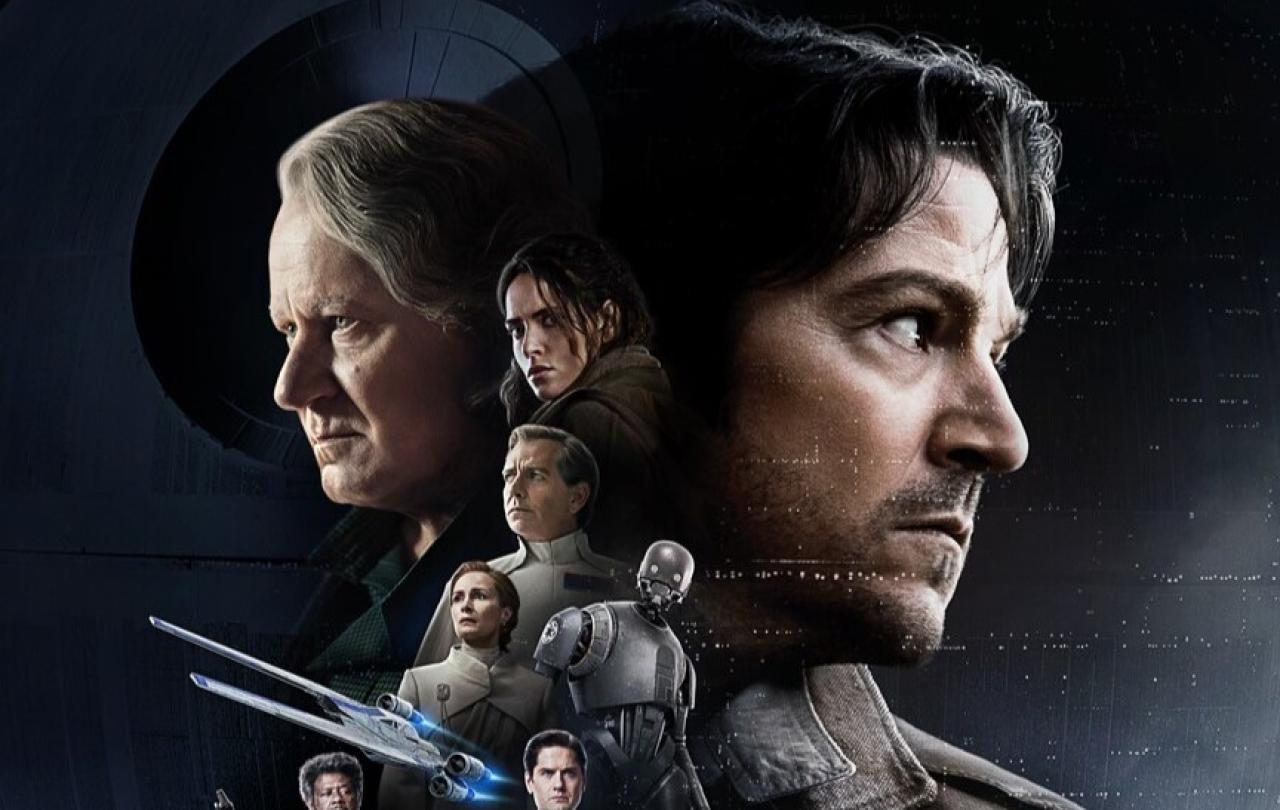
I cannot overstate how low my expectations were going into this film. I love the first Bridget Jones, a classic of the (specifically British) romcom genre. The two sequels were tedious retreads, and the idea of number four in the series elicited the opposite of delight. I went to see Bridget Jones: Mad About the Boy out of parochial duty – many of the film’s beautiful exterior shots were filmed in my parish, at the church school and the surrounding streets. I wanted to ‘represent the parish’ and show some local pride. I wasn’t alone; I saw many faces I recognised from the school gates, and I ended up sitting next to a parishioner. Thank goodness cinemas are dark!
You’ll understand by the end of the review.
The film opens on Bridget, rather disorganised and dishevelled in just the manner we’ve grown to love, getting ready for a night out while also preparing dinner for her children. She and Mark Darcy now have two children, and the house looks like a cyclone has passed through. She calls Daniel Cleaver, who engages in some raunchy chat, and then insists he’s on his way. Oh no! Have she and Darcy divorced? Has that bounder and cad Cleaver wormed his way back in?
Cleaver arrives at her home…to babysit!?
Bridget hurries off to her dinner, and as she approaches her host’s front door she smiles. Darcy is walking towards her from the other end of the street. They meet at the door and lovingly complement each other’s appearance. They ring the bell. The door opens. Bridget in standing there. Alone.
Bridget is a widow and a single mother. Her children are adorable, but hard work. She hasn’t worked properly since Mark died. She is both overwhelmed and yet also numb. She has no life or purpose outside of the chaos of her home. Her friends – especially her gynaecologist – encourage her to re-invent and re-emerge. Go back to work, go back to socialising, go back to dating.
This is the first five/ten minutes of the film and sets the scene.
To begin with the positive. The script is very funny. The direction is competent and even throws in a few unexpected and moving tableaux. The cast are on fire! Renée Zellweger could sleepwalk this role, scrunching her eyes in that endearing way on command. Leo Woodall is smouldering and hunky as the young lover, and Chiwetel Ejiofor is pure charisma and chemistry as the new science teacher Mr. Wallaker. Emma Thompson chews the scenery and delivers the best jokes as Bridget’s gynaecologist. The standout is Hugh Grant, who has immeasurable fun turning the roguish lothario Cleaver into the wittiest silver-fox we’ve seen on screen for many a year. He is at the peak of his career, and it is a joy to watch.
But…
None of it really hangs together. There is no real plot; there are little comedy sketches and episodes that jump from one to the other – never entirely unrelated, but never entirely coherent.
This is a film of many subplots. The subplot of Bridget and the mums at the school gate. The subplot of Bridget getting back to work. The subplot of Bridget smoothing the rough edges off Mr Wallaker (who uses a whistle like a weapon). The subplot of Daniel, of her friends from the first film, of her parents, and so on and so on.
There is the subplot of Bridget developing a new, modern, Tinder romance with a hunky Hampstead Heath ‘ranger’ (the ‘boy’ of the title). It could be argued this is the main subplot: Bridget finding new confidence and a new lease of life via a summer romance with a handsome younger stranger. It is also the most forgettable. It’s shallow, and is really only an excuse to make updated references to the original film.
The film is a mess.
And yet…
I cried. I cried more than once, and proper tears. Thank goodness cinemas are dark, because no priest wants their parishioners to see them blubbing, especially while watching a Bridget Jones sequel! This mess of a film has a single strand that runs through it, gives shape to its episodic nature, and turns it from an ‘okay’ film into a brilliant film.
Grief.
Bridget is grieving Darcy. Her children are grieving their father. Cleaver is grieving the life he could have had – so committed to debauchery was he, that he has no one permanent in his life (except Bridget) and he hasn’t spoken to his son for nearly two decades. She and her friends are grieving the passing of the years, and the reality that they are 25 years older. Through the raunch, and crude jokes, and slapstick set-pieces, this film surprised me by being a slow-burn meditation on grief. I won’t say too much more about the film because – and I can’t believe I’m saying this about a Bridget Jones film – this film really does need to be experienced fresh.
This is a welcome supplement and corrective to the Valentine season: an exploration of love that is lost or stolen away, and is sorely missed. It is a life-affirming bit of cinema, that takes you through the stages of grief (there is even a scene where her friends debate just how many stages there are) and the various methods we have for dealing with them. It even includes a clumsy little science/faith debate, and yet manages to conclude by encompassing all views.
The film has a truly pastoral message. Grief cannot be avoided. Grief is a sign that love was real, and also that love cannot be snuffed out…even by death. Bridget intermittently has visions of Mark, and by the end of the film she has managed to make peace with those visions. They won’t leave her – her love for Mark won’t leave her – even as she experiences new love. Bridget ends the film recognising that her grief won’t leave her…and she can still live the fullest and happiest life possible.
Go see it. It’s good to have a cry sometimes.
4.5 stars
Join with us - Behind the Seen
Seen & Unseen is free for everyone and is made possible through the generosity of our amazing community of supporters.
If you’re enjoying Seen & Unseen, would you consider making a gift towards our work?
Alongside other benefits (book discounts etc.), you’ll receive an extra fortnightly email from me sharing what I’m reading and my reflections on the ideas that are shaping our times.
Graham Tomlin
Editor-in-Chief





